|
The narrative that was submitted with veteran James Johnston’s 1832 pension application provides a uniquely clear summary of the 8th Virginia Regiment’s service. The text of it, as transcribed by C. Leon Harris, is presented below with the Harris annotations removed and new explanatory notes by Gabe Neville inserted in italics. New paragraph breaks have been introduced along with a handful of changes to capitalization and punctuation for clarity. Otherwise, the complete text is presented unaltered. Pension Application of James JohnstonState of Virginia Giles County Ss.
That he enlisted in the County of Culpepper and State of Virginia with Lieutenant Henry Fields and belonged to the Company Commanded by Capt George Slaughter. ◊ Each company officer had an enlistment quota to meet in order to get his commission. Family and friends made the best prospects. Lt. Field was Capt. Slaughter’s wife’s cousin. Her brother and two other cousins were also in the regiment, as was Capt. Slaughter’s nephew, Lawrence Slaughter. The five men from the Abbott family who enlisted in the company were probably Johnston’s cousins. That the Company marched to the town of Suffolk in the County of ______. He was there attached to the Battallion Commanded by Maj’r Peter Helverson and the Regiment commanded by Col Mulenburg at which place he with The Regiment remained for some weeks. ◊ Suffolk, a little west of Norfolk, was the designated rendezvous point for the regiment. Suffolk was then in Nansemond County. Battalions were sometimes divisions of regiments, but in the Continental Army were almost always functionally synonymous with regiments. Johnston was detached at least once with Helphenstine, which probably explains his characterization. From thence they marched to Charleston in South Carolina. From Charleston they were conveyed to Hattens point opposite Fort Sullivan—and at the time and on the day the attack was made on Fort Sullivan, he was marched to the lower point of Sullivans island. He together with the detachment then commanded by Maj’r Helverson threw up small breast works for the purpose of preventing the British from Landing at that point. A small skirmish then ensued between us and we prevented the greater part of the British from Landing. Some of them, however, succeeded but were soon driven back to their boats. And after lying several days on the lower end of Sullivans island we returned to Hattens point and joined the remainder of our Regiment which we had left at the place. ◊ The regiment left with Maj. Gen. Charles Lee for South Carolina in May, arriving in June. “Hattens Point” is Haddrell’s Point between Charleston and Sullivan’s Island. A number of 8th Virginia men reinforced South Carolina troops on the north end of Sullivan’s Island to fend off an enemy crossing of the “Breach Inlet” while enemy warships bombarded Fort Sullivan (later Fort Moultrie) on the south end. Most accounts discount the action at the Breach Inlet as insignificant, summarizing that the British had misgauged the depth of the water and failed to cross. Johnston, however, indicates that the enemy made a concerted effort to cross and that some succeeded before being driven back.
About the time Col Mulenburg was promoted to the command of General, and we were then Commanded by Col Boman We were then march back to Fredericksburg in Virginia and stayed there a few days then marched to Winchester in Virginia. ◊ Col. Peter Muhlenberg was promoted to brigadier general in February 1777, after which Lt. Col. Abraham Bowman was promoted to colonel. The return to Winchester allowed most of the soldiers an opportunity to visit their families. From Winchester we were marched to Philadelphia (and a part of the detachment who was inoculated for the small pox remained there till sometime in May). ◊ The entire Continental Army was inoculated early in 1777. Soldiers who had previously had the disease were exempt. We were then marched to Bonbrook or Middlebrook not recollected which in New Jersey and was attached to Gen’. Scotts brigade, and continued with the Main Army commanded by Gen’l Washington for some time. ◊ The regiment began collecting together at Boundbrook, N.J. in April and then moved to the camp at Middlebrook on May 25. It was assigned to Brig. Gen. Charles Scott’s brigade, along with the 4th Virginia, the 12th Virginia, Grayson’s Additional, and Patton’s Additional regiments. Scott’s brigade was one of two that made up Maj. Gen. Adam Stephen’s division. I was then attached to a Company of Light infantry and sent to the Iron hills near the head of Elk under the Command of Genl. Sullivan we had a small skirmish with the British. We then returned to the main army and I joined my own regiment on the Evening before the battle of Brandywine. I fought in the battle of Brandywine which took place some time in September. ◊ On August 28, each brigade sent picked men to form a light infantry battalion under Brig. Gen. William Maxwell, who Johnston misidentifies as John Sullivan. Maxwell’s Light Infantry existed for one month and fought in Delaware at Cooch’s Bridge (Iron Hill) on Sept. 3 and Brandywine in Pennsylvania on Sept. 11. “Head of Elk” is now Elkton, Maryland. Johnston reports that he returned to Capt. Slaughter’s company before Brandywine, but does not state the reason. We were then marched to Philadelphia and stayed there about two days – then marched to Riding furnace in Pennsylvania and was continued marching in different directions through the country near Philadelphia til about the first of October. ◊ After Brandywine, the army retreated to Chester, Pa. and then crossed the Schuylkill to Philadelphia before heading west along the river to block the enemy from crossing it. The Schuylkill was the last natural barrier between the British and Philadelphia, the seat of Congress. After the “Battle of the Clouds” ended in a torrential downpour, Washington’s army was rested and re-equipped at Reading Furnace, in northwest Chester County (not to be confused with the city of Reading, which is twenty miles to the north). After a feint, the British made it across and took Philadelphia. We were then marched to Germantown and I fought in the battle of German town. ◊ The Battle of Germantown occurred on October 4. A chance for victory was ruined in part because of a friendly fire incident between General Scott’s brigade and Anthony Wayne’s Pennsylvania brigade. Maj. Gen. Adam Stephen was blamed for it. Stephen was cashiered and replaced with the Marquis de Lafayette. We were then marched in different directions through the country near Germantown and Philadelphia watching the movements of the enemy til sometime about the last of November or first of Dec’r and then took up our Winter quarters at the Vally forge in the state of Pennsylvania until I was discharged by Brigadier Gen’l Scott about the Latter part of January or first of February 1778. having served a few days more than two years. ◊ After Germantown, the army camped at three different places northwest of Philadelphia before a series skirmishes known as the Battle of Whitemarsh early in December. The army then went into winter encampment at Valley Forge on December 19. Johnston’s two-year enlistment expired on January 26, 1778 but he reports remaining a little longer. He hereby relinquishes every claim whatever to a pension or an annuity except the present and he declares that his name is not on the pension roll of an agency of any state.  James Johnston Except for those who had reenlisted, all of the remaining original 1776 recruits left the regiment during the Valley Forge encampment. Efforts to recruit back to full strength after the southern expedition had fallen short and the regiment was never again back to even half strength. The three Virginia regiments in Scott’s brigade were merged into one unit known as the “4th-8th-12th Regiment” for the Battle of Monmouth in June, 1778. In September, the regiment was folded into the 4th Virginia and ceased to exist. The 12th Virginia was then renumbered and became the “new” 8th Virginia, which causes confusion for genealogists, particularly because many of the men came from the same parts of Virginia. More from The 8th Virginia Regiment
1 Comment
Robert Johnston
3/25/2023 06:44:18 pm
Thank you for the enlightening information. I am amazed at the hardships endured by these illustrious soldiers. Most modern people shutter at having to walk a mile and these men walked a thousand or more and fought battles to boot! We should all be extremely grateful and proud of our patriot ancestors! James Johnston was my 4th great-uncle and his father David, my 4th great-grandfather served in the Revolutionary War as well. David was with George Rodgers Clark in the Northwest Territory.
Reply
Leave a Reply. |
Gabriel Nevilleis researching the history of the Revolutionary War's 8th Virginia Regiment. Its ten companies formed near the frontier, from the Cumberland Gap to Pittsburgh. Categories
All
Archives
June 2024
© 2015-2022 Gabriel Neville
|
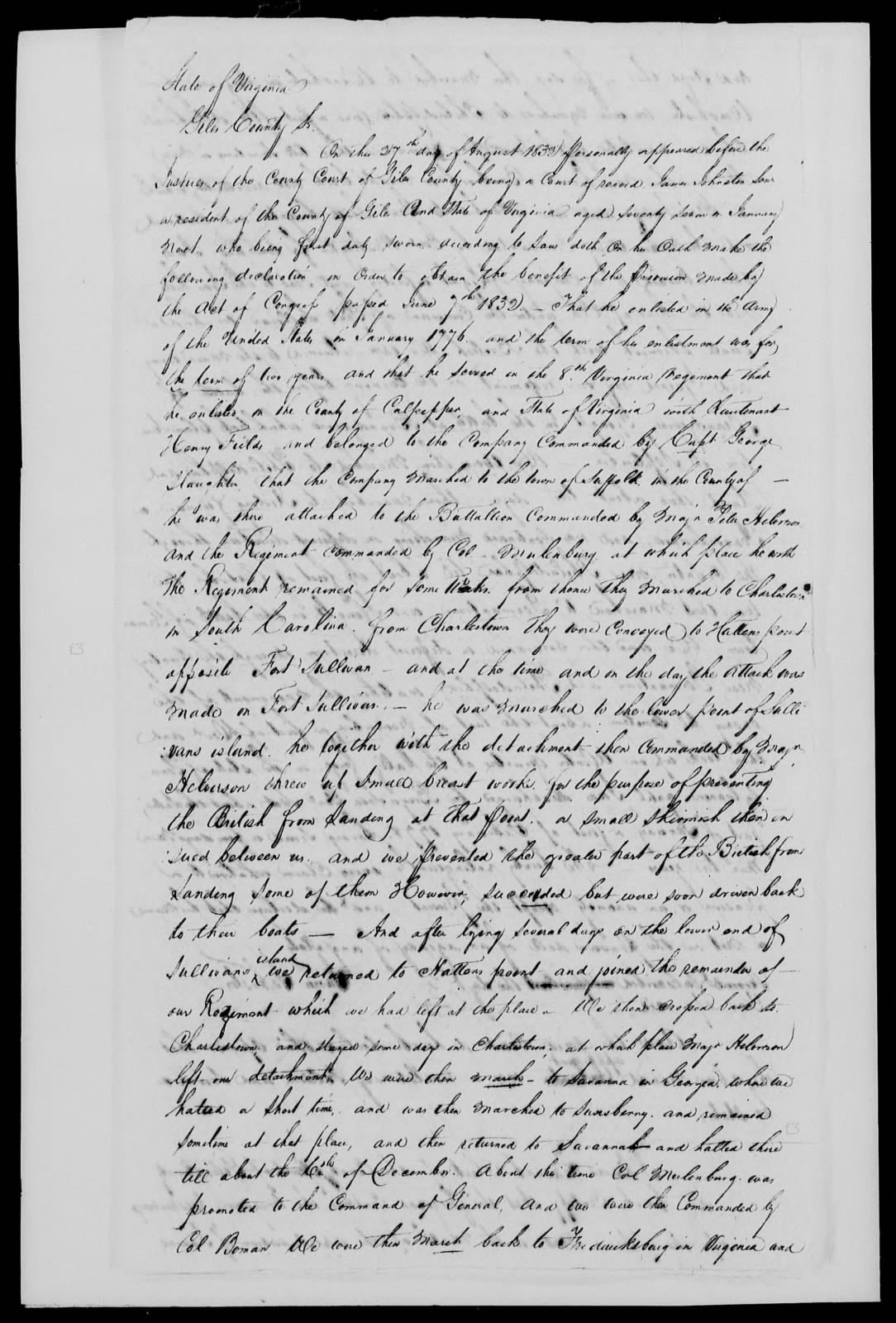
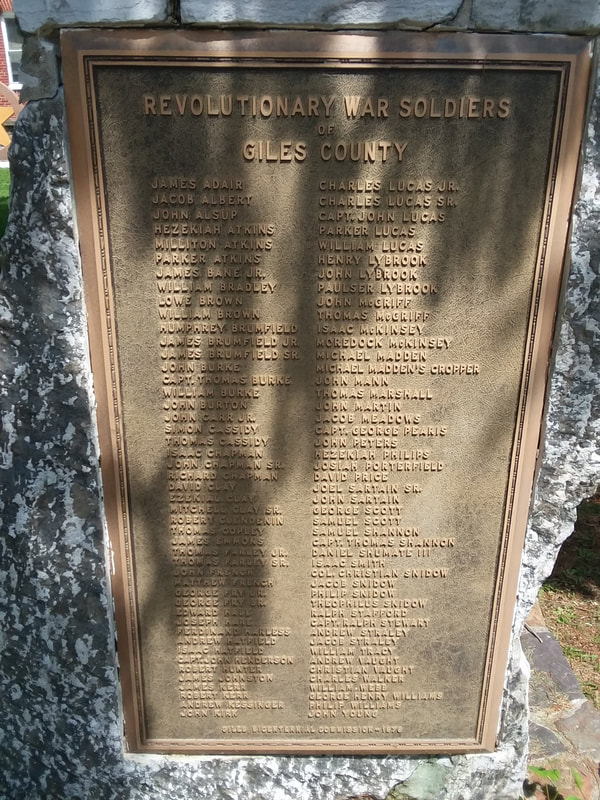
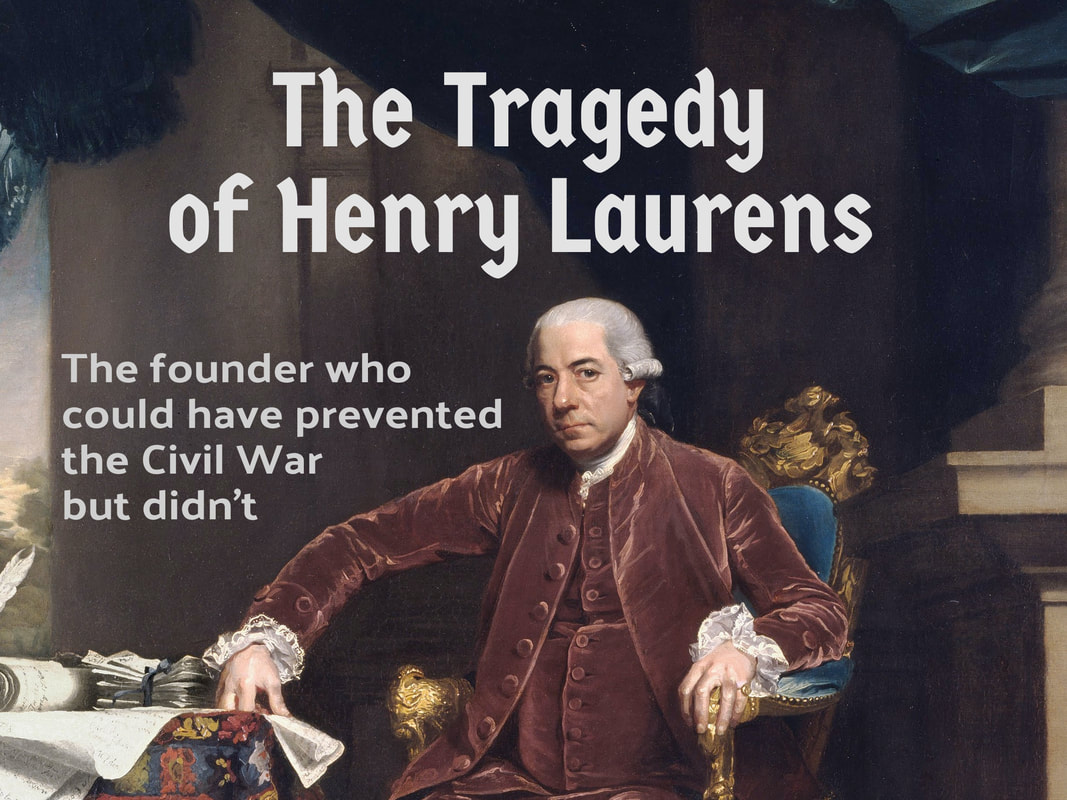
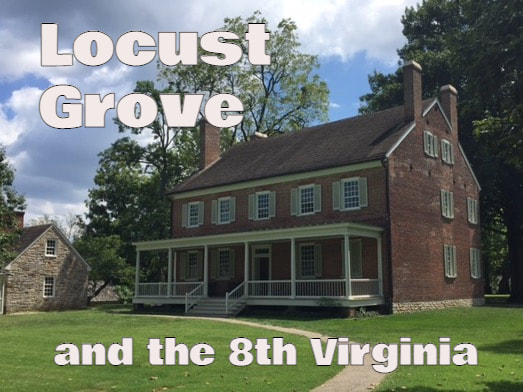
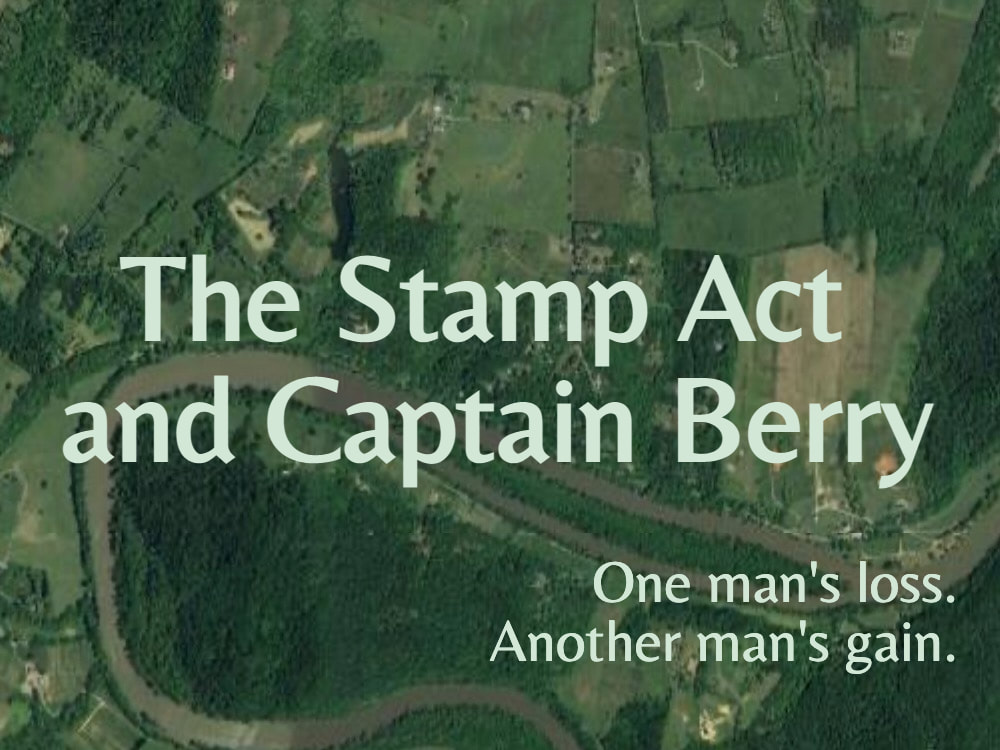
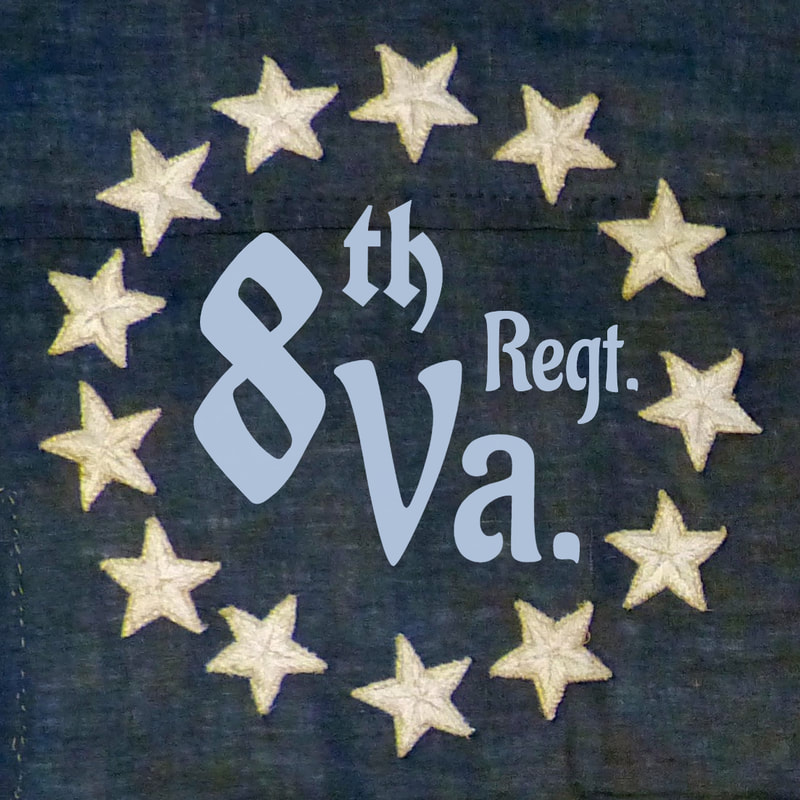
 RSS Feed
RSS Feed